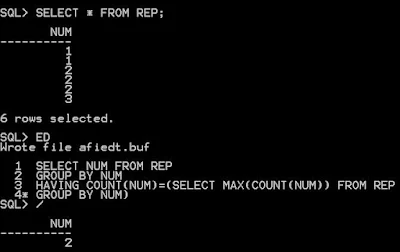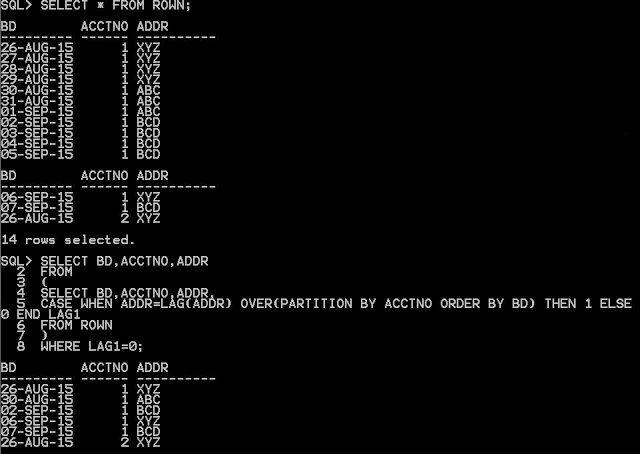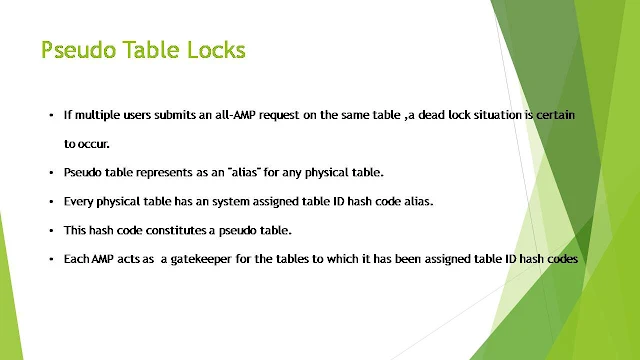Source:
CREATE TABLE FILENAM(FILENAME VARCHAR2(200));
INSERT INTO FILENAM VALUES('FILE1/\:');
INSERT INTO FILENAM VALUES('FILE1/?<');
INSERT INTO FILENAM VALUES('FILE1/?>');
INSERT INTO FILENAM VALUES('FILE1/?|');
INSERT INTO FILENAM VALUES('FILE1/?=<');
INSERT INTO FILENAM VALUES('FILE1/?<,');
INSERT INTO FILENAM VALUES('FILE1/?<*');
INSERT INTO FILENAM VALUES('FILE1/\:*?<>|=,');
INSERT INTO FILENAM VALUES('FILE1/\:*?<>|$=,');
COMMIT;
Query:
Output:
CREATE TABLE FILENAM(FILENAME VARCHAR2(200));
INSERT INTO FILENAM VALUES('FILE1/\:');
INSERT INTO FILENAM VALUES('FILE1/?<');
INSERT INTO FILENAM VALUES('FILE1/?>');
INSERT INTO FILENAM VALUES('FILE1/?|');
INSERT INTO FILENAM VALUES('FILE1/?=<');
INSERT INTO FILENAM VALUES('FILE1/?<,');
INSERT INTO FILENAM VALUES('FILE1/?<*');
INSERT INTO FILENAM VALUES('FILE1/\:*?<>|=,');
INSERT INTO FILENAM VALUES('FILE1/\:*?<>|$=,');
COMMIT;
Query:
Output:















































INS INTO KBB VALUES('2014-01-01','A');
INS INTO KBB VALUES('2014-01-02','A');
INS INTO KBB VALUES('2014-01-03','D');
INS INTO KBB VALUES('2014-01-04','A');
INS INTO KBB VALUES('2014-01-05','D');
INS INTO KBB VALUES('2014-01-06','A');
FROM KBB